Mountains during the First World War: Men, science, and nature on the Dolomitic front
Alpine regions have always been occupied and managed by peoples of different origins who have, through their intervention and population growth, transformed the natural landscape over time. The coexistence between man and mountains underwent a dramatic change beginning in 1915, when the Great War reached the mountaintops: the Dolomites in particular became the natural theater of the conflict.
The scientific world was challenged to face the new scenario of war: the geography, geology, climate, and physical characteristics of these environments represented a fundamental constraint in the development of instruments and strategies. Pure science was put to the service of wartime pragmatism. The First World War entailed a profound and widespread "militarization of the landscape" begun already in previous years.
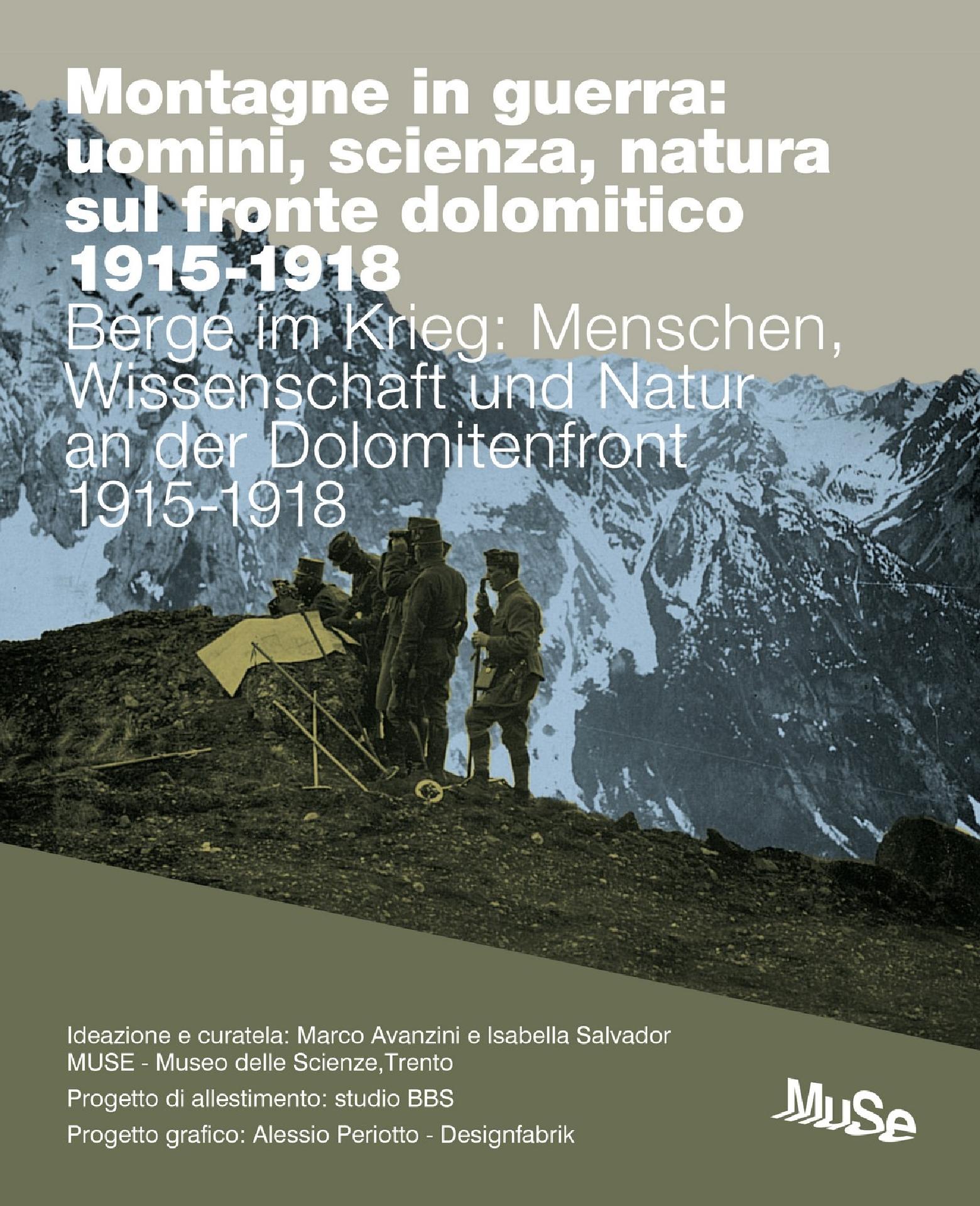

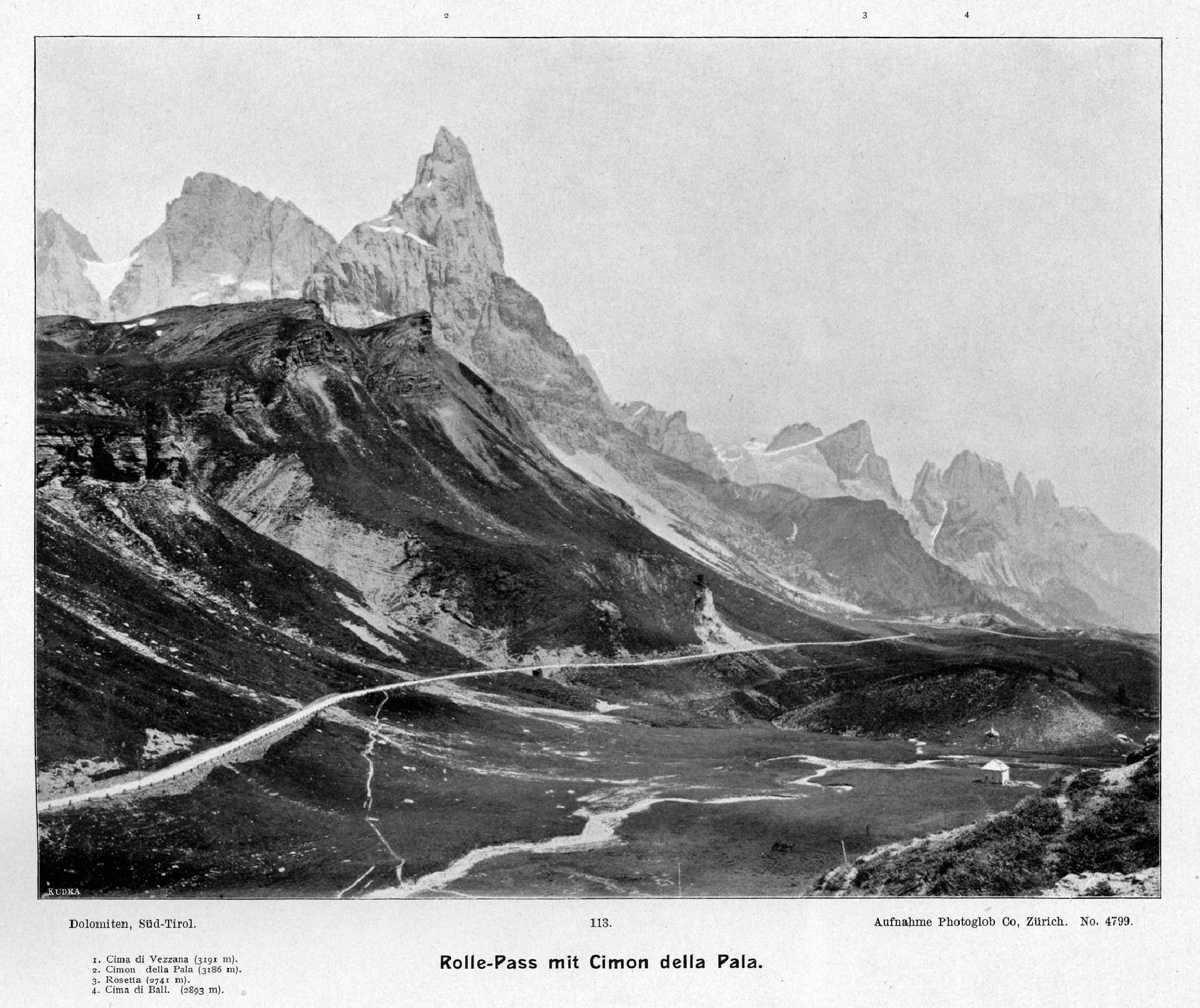
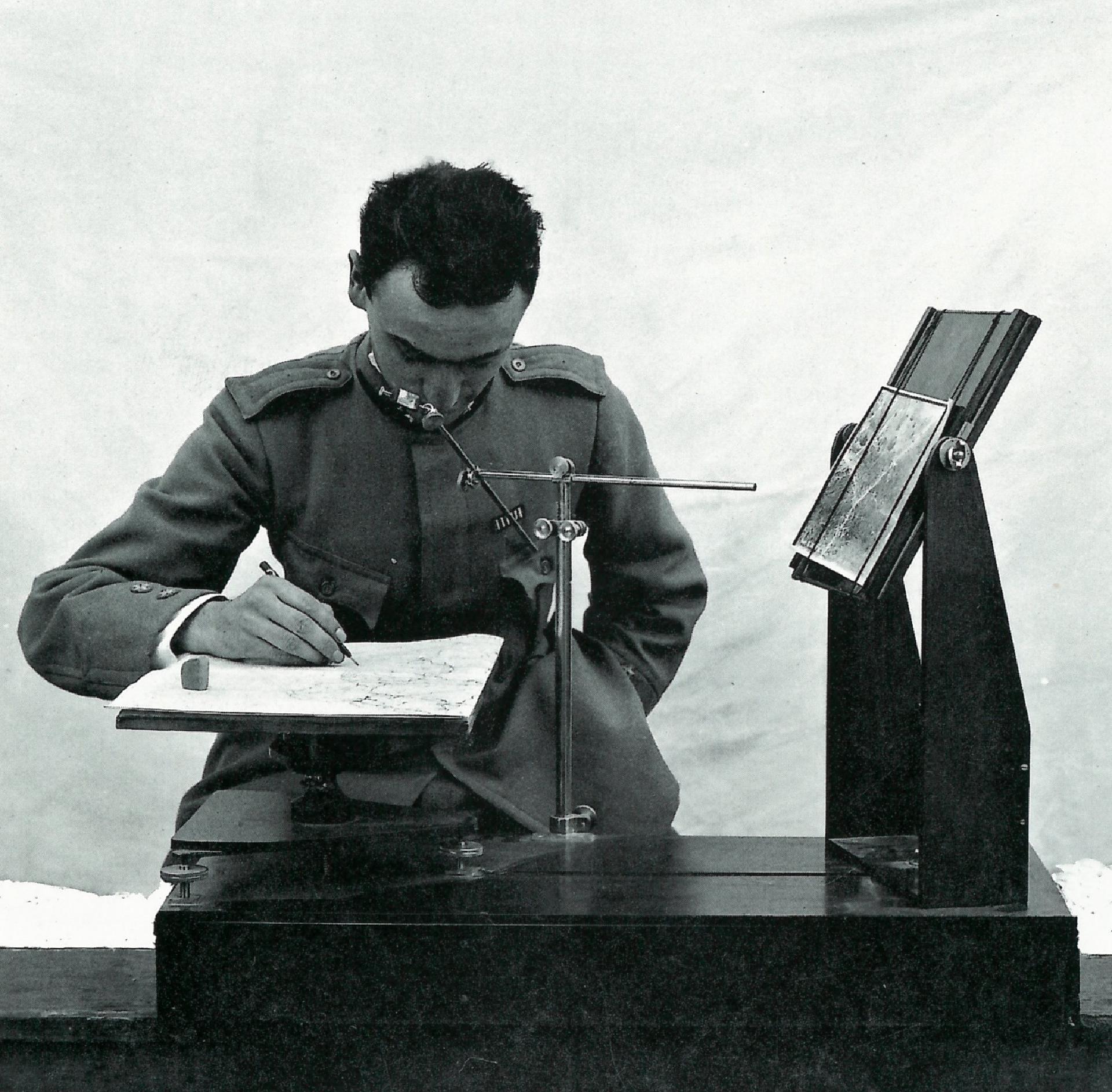
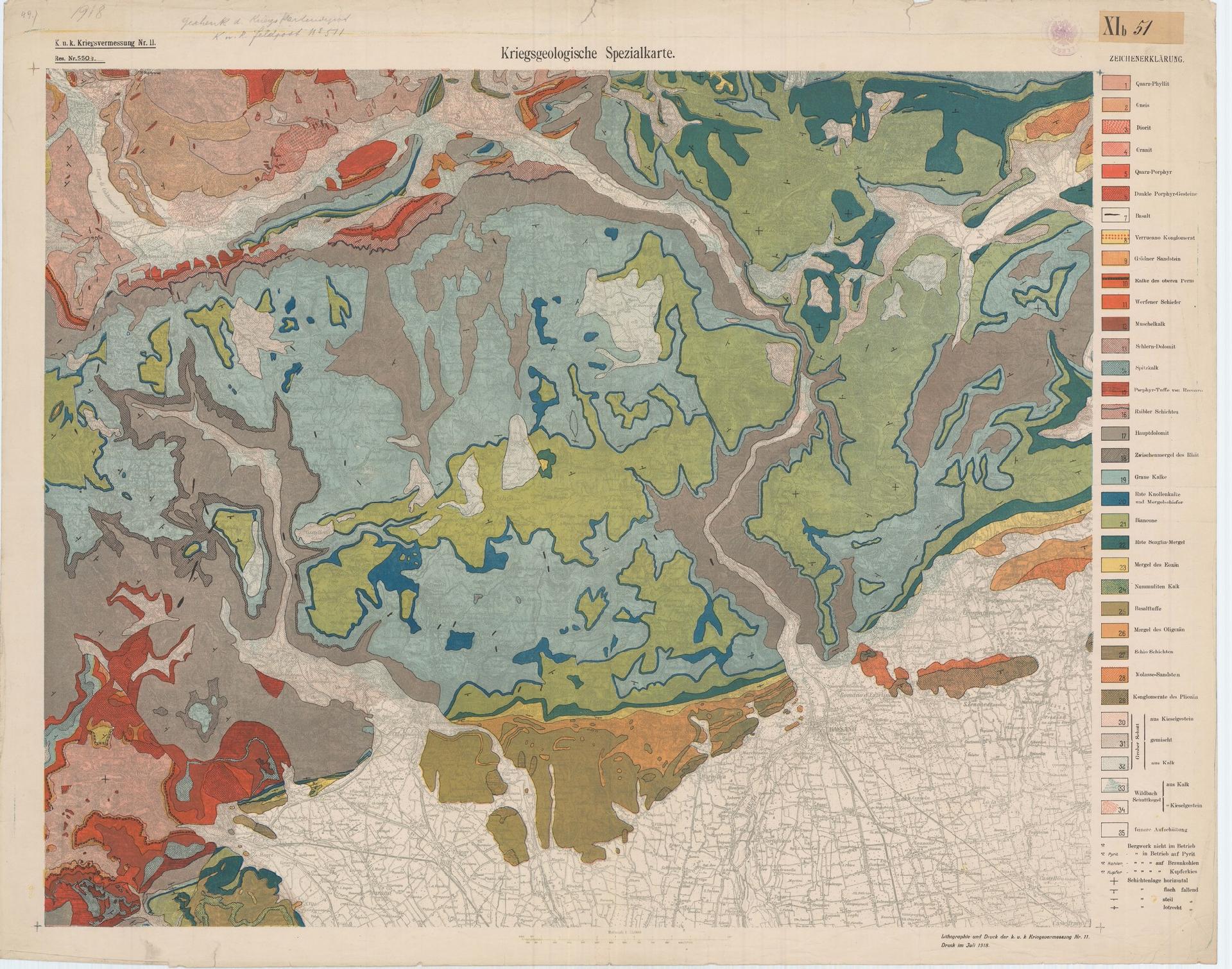
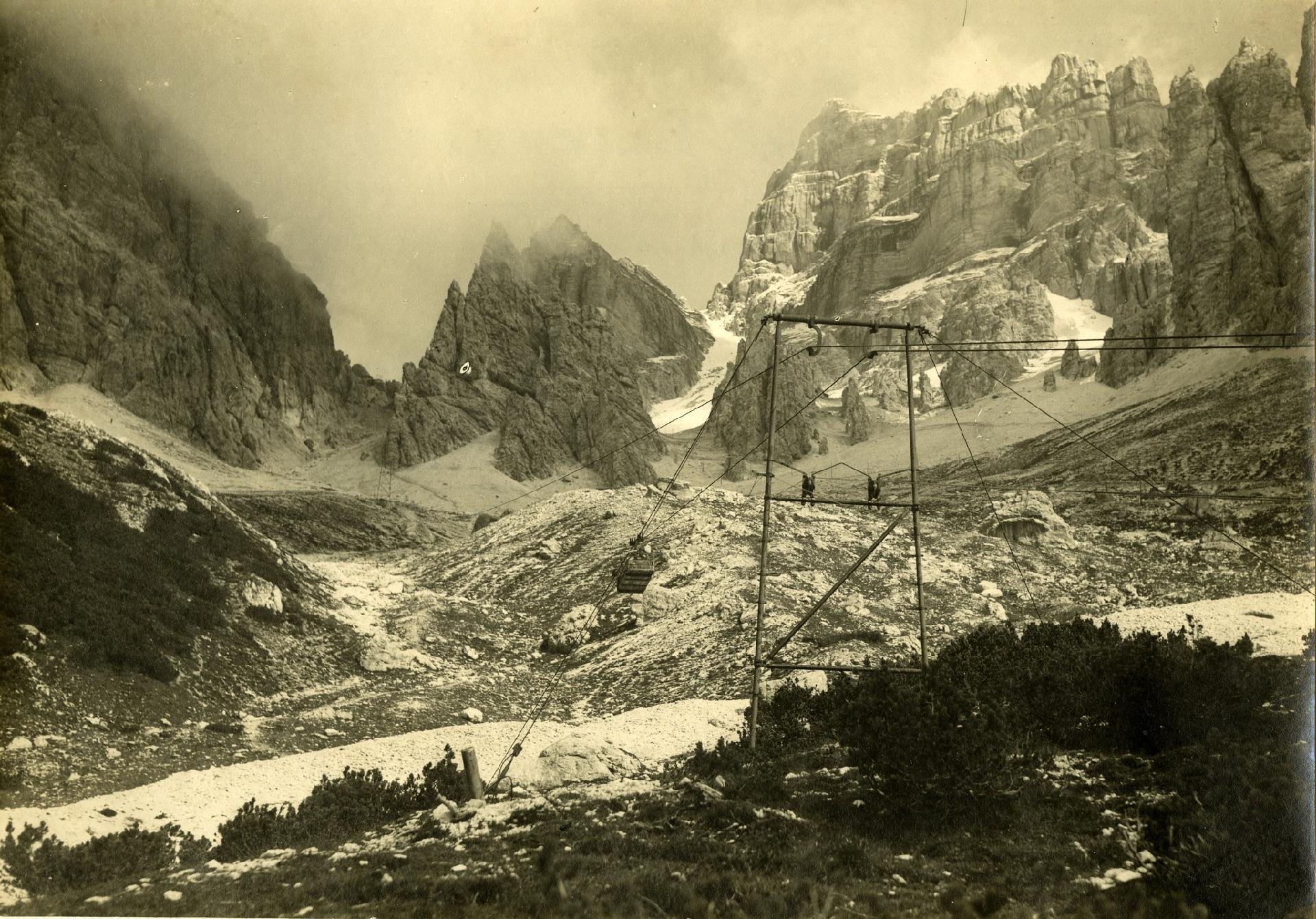
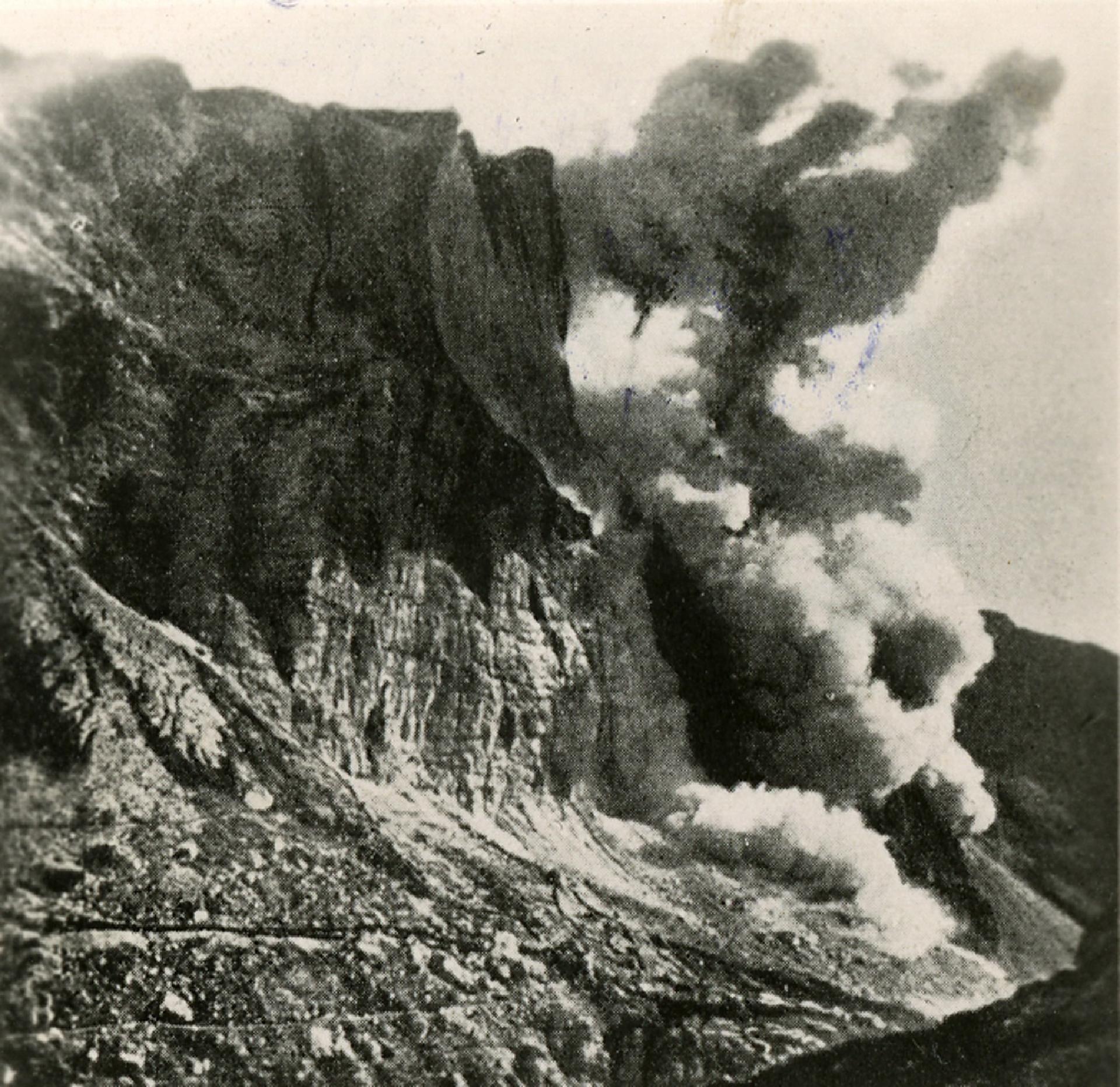

The construction of mule tracks, roads, shooting posts, reinforced armor, barracks, aqueducts, and cableways radically and permanently transformed the views of many areas of the Dolomites. But the most obvious damage was caused by the use of explosives and the new, extremely powerful heavy artillery, which were capable of generating craters, instabilities, and landslides, or of detaching huge blocks of stone, forever changing the physical configuration of ridges and hills. Even today it is possible to go in search of traces left by the conflict: remains of fortifications, furrows of defense lines, hollows from explosions, representing testimony of one of the most dramatic pages of Italian history.
The story of the use of science and technology adapted to wartime needs, of the effects of this on the mountain territory, of the damage caused to the environment, of the traces left by conflict has been the subject of the exhibition Montagne in guerra. Uomini, scienza, natura sul fronte dolomitico 1915-1918 (Mountains in war. Men, science, and nature on the Dolomite front 1915-1918), inaugurated on 24 June 2017 at Predazzo. Conceived and curated by Marco Avanzini and Isabella Salvador of the MUSE Science Museum at Trento, the exhibition was divided into five thematic sections: The Natural Theater, the Mountain Studied, the Mountain Tamed, the Mountain Wounded, and the Mountain Remembers, providing an original vision of the events concerning these places.
The exhibition was organized by MUSE in collaboration with the Fondazione Dolomiti UNESCO (Dolomiti Dolomiten Dolomites Dolomitis UNESCO), the Rete del Patrimonio Geologico (Autonomous Province of Trento), and the Fondazione Cassa di Risparmio di Trento e Rovereto. Numerous have been its collaborators, including: Museo Storico Italiano della Guerra, Rovereto; Soprintendenza per i Beni Culturali - Ufficio Beni Architettonici; Archivio di Stato, Trento; Università di Trento - DICAM, degree course in building and architectural engineering; the Società Geografica Italiana; ISPRA (Higher Institute for Environmental Protection and Research); Geologische Bundesanstalt of Vienna.
BIBLIOGRAPHIC NOTE
Montagne in guerra. Uomini, scienza, natura sul fronte dolomitico 1915-1918. Berge im Krieg: Menschen, Wisswnschaft und Natur an der Dolomitenfront 1915-1918, a cura di Marco Avanzini, Isabella Salvador, Trento, Muse, 2016
Diego Leoni, La guerra verticale. Uomini, animali e macchine sul fronte di montagna, Torino, Einaudi, 2015
Davide Sigurtà, Montagne di guerra, strade di pace. La prima guerra mondiale dal Garda all'Adamello: tecnologie e infrastrutture belliche, Milano, FrancoAngeli, 2017
ARCHIVAL REFERENCES
Museo Storico Italiano della Guerra - Rovereto
BY
Maria Procino

 help with your research
help with your research

